|
Arkansas green cotton is a rather interesting cotton to grow. This cotton has the longest growing season of all the organic heirloom cottons I've grown so far - 135 days. It is also the first time in all my history of growing cotton that I've had a one hundred percent germination rate (see resources for my suppliers). Needless to say, I've had huge Arkansas Green cotton crops. Note to self, stop starting so many seeds! In an attempt to reduce my need to hand water & weed, I decided to try weed barrier cloth for the first time. This plan worked beautifully for about the first month. After that, the cloths began to break down. Some areas broke down more quickly than others, while some actually did the job all the way until the end although they ended up very brittle. None of the cloths blocked 100% of the light, so weeds did manage to grow, but not like they would have if the soil was left uncovered. They didn't help with moisture retention as much as I'd hoped, but they did work well enough that I only had to water well & daily the initial first two weeks after transplanting. The types of weed barrier cloth I experimented with were all locally purchased. One was a black plastic type from Walmart (apologies, I do not remember the brand), the other two were more of a black type of fabric. They were from Lowe's. One of the Lowe's brand cloths was much larger. I used it to cover the compost pile over the summer & to cover a section where I had zucchini planted. It let in an incredible amount of light considering I doubled it up. The more narrow fabric cloth (Sta-Green Premium Landscape Fabric) did a better job but broke down the most quickly out of all three types. I'm currently experimenting with a different brand that I ordered for garlic. It is a 12 year fabric by Dewitt. So far it is holding up. The immature plants tend to host a generous amount of aphids with their happy ant farmers keeping them well cared for. To deal with the aphids, I use natural & organic neem oil by Neem Aura. I rub the thick oil on the plants spindly stems & on the leaves, crushing aphids in the process. When I'm done I stink like neem, but it's worth it as it helps to keep the ants off the plants (bugs hate neem) & thereby the ants aren't farming the aphids for their sweet nectar. Once the plants are established I do not concern myself further with aphids. The plants do get them, but it isn't anything that has ever caused a problem with any of my cotton harvests so far. In my experience, organic heirloom cotton needs to be staked. To be fair I've never grown conventional cotton or cotton that wasn't heirloom so I cannot compare heirloom to conventional. No cotton has been more in need of a good staking than Arkansas Green. Even at a young stage, the littlest breeze comes along & these plants are determined to lie flat. Initially I used my usual bamboo stakes to hold them up. This worked well enough while they were still relatively small. By mid summer, they needed actual fence stakes to keep them upright. Once they were all properly re-staked, the problems aren't over. The plants also tend to loose their limbs. I don't know if it's simply due to my growing area or if this is common for this cotton no matter where it is grown. Should you choose to grow this cotton, it's best to err on the safe side & invest in strong, high quality fence stakes rather than traditional garden stakes. Towards the end of a growing season, one half of my Arkansas Green cotton crop looked like a tornado touched down. Clearly, there were differences in light & soil compared to the other area as it didn't look like this. The "tornado" section grew much larger, easily reaching it's 7' foot height. It also had much more dense growth. The normal side didn't grow as tall, had less breakage, was less dense, and the bolls matured sooner. The space between the two growing areas was maybe 20' feet apart at most, so this noticeable difference was rather remarkable. One sunny afternoon while I was working in the cotton I suddenly noticed the weed cloth lifting up & the young cotton plants getting whipped around. I stopped working & stood open mouthed as I watched a wind funnel tear through my young crop, travel across the pasture to whip about my peach trees, then pass on to my neighbors to shake the leaves of one of their trees. From that point on, I could no longer track the destructive little wind storm. In the aftermath I was left with shredded weed barrier fabric & the loss of some leaves, but no other damage. The juvenile cotton plants were all staked up with their garden stakes & survived the storm. I did have to repair the cheap weed cloth, but thankfully, that was the worst of it. If I hadn't staked up the plants, a lot of them would have been laid flat. If I hadn't been out working at that moment, I would have been very confused to find the area torn apart. The day was sunny & clear, there wasn't much of a breeze to speak of. The wind funnel that tore through didn't even ruffle my long hair as it made its journey. Like the plants before it, the flowers are very attractive to the bees. At one point, I was stunned to find a worker bee so loaded with pollen, she could barely move! Tomorrow is another day my girl, tomorrow is another day! Advice we all need to remember when times get crazy & you just cannot get enough accomplished in the day. Arkansas Green loves to keep me on my toes. That is the beauty of farming, you always learn something new. Growing Guide Cotton is an annual plant that requires a long, warm growing season to mature properly. It needs full sun. In zones 8–10 it can be sown directly after the last frost. In zones 5–7, treat like tomatoes, start seed indoors and transplant out 4–8 week-old seedlings after last frost. Seed germinates in 7–21 days at 70°F. Plant 20–32" inches apart in rows 6' feet apart. Plants start flowering in mid-summer. Bolls take a few more months to mature; warm late summer weather is necessary for a good crop. Plants grow to 5-7' feet tall. 135 days. Direct Sowing: Sow seed in a light, well drained, slightly acid to neutral soil. Supply soil generously with compost or other organic matter, especially in clay. Sow no deeper than 2 - 4 times the seed diameter. Do not sow in waterlogged soil or heavy clay. Transplanting: Use a good quality sterile seed starting mix. Sow pots or flats 4 - 8 weeks before transplanting. When several leaves have developed, harden off the seedlings by placing them outdoors in direct sunlight for no more than an hour. Gradually increase the outdoor exposure over a period of several days. Transplant to the garden after the last frost. Harvest: Wait for bolls to split open before harvesting. Seed Savers: Isolate varieties by 1/8 mile for home use, or 1/4 to 1/2 mile or greater for pure seed. A few considerations: This is a long season (135 days) crop. Arkansas Green produces green cotton with short fibers & dark green seeds. I have noticed that the green color can be rather rich or faded to a brownish green. If it is not harvested quickly after the bolls have open, the green color will fade to a lighter brownish green. To help reduce fading, keep out of direct sunlight. Wash in cold water and use vinegar rather than fabric softener in the fabric softener dispenser of your washer (fabric softener is traditionally loaded with toxic chemicals, so you are better off without it. You can use happily use vinegar in it's place for all of your laundry). Alternately, you can also try adding a half cup of salt to the wash water. Overall, green lint is more prone to fading & fades faster than the brown lint. I have also found it to be one of the harder lints to hand gin. Sea Island Brown being the most easy. "Conventional cotton is considered the world's 'dirtiest' crop due to its heavy use of insecticides, the most hazardous pesticide to human and animal health. Conventional cotton covers 2.5% of the world's cultivated land yet uses 16% of the world's insecticides, more than any other single major crop. Aldicarb, parathion, and methamidopho, three of the most acutely hazardous insecticides to human health as determined by the World Health Organization, rank in the top ten most commonly used in cotton production. All but one of the remaining seven most commonly used are classified as moderately to highly hazardous. Aldicarb, conventional cotton's second best selling insecticide and most acutely poisonous to humans, can kill a man with just one drop absorbed through the skin, yet it is still used in 25 countries and the US, where 16 states have reported it in their groundwater." - Organic Trade Association Garden Growing Guide Quick Links Listed alphabetically Arkansas Green Cotton Blue Podded Shelling Peas Catnip Cilantro (Coriander) Cocks Comb (Cleosia) Common Milkweed (Asclepias syriaca) Dill Dyer's Woad Erlene's Green Cotton Hibiscus Holy Basil (Tulsi) Inchillium Red Softneck Garlic Kale Karina Peas Lemon Balm Mixed Cotton Musquee de Provence Nankeen Cotton Purple Podded Pole Beans Red Foliated White Cotton Sea Island Brown Cotton Spinach Sunflowers Tennessee Red Valencia Peanuts You may also like:
2 Comments
Dave Herwig
12/20/2023 08:01:58 pm
This may sound stupid but, this Delaware cotton novice wants to know.....how do u wash the lint after its picked ???
Reply
12/26/2023 08:06:01 am
After the bolls are picked & the lint is removed, the seeds are removed from the lint (or left in; some spin with the seeds intact). Then it is typically spun into yarn or used as fiber fill. During over a decade of growing heirloom cottons, I've never needed to wash any of the harvested lint. Mainly just picking out the occasional bits of dried plant matter that get stuck to the fibers. No dirt though. The lint is clean. I hope that helps!
Reply
Your comment will be posted after it is approved.
Leave a Reply. |
Affiliate DisclosureAs an Amazon Associate, I earn from qualifying purchases.
This page may contain Amazon affiliate links. If you choose to make a purchase after clicking a Amazon link, I may receive a commission from Amazon at no additional cost to you. As always, Thank you so much for your support. I couldn't do what I do without you! Categories
All
Archives
April 2024
 Hi there! My name is Jen. I'm a "tree hugging dirt worshiper" who has been organically farming for nearly two decades. It never ceases to amaze me at how much I've learned & how much I am still learning. I have studied natural health, nutrition, & herbs for nearly three decades. Our health & the natural world around us are connected in ways we don't often realize. How we treat the land & animals directly affects us in both body & mind. My goal is to provide others with truly natural humane goods from my own little piece of paradise, & to freely pass along whatever knowledge I pick up along the way. I am grateful every day to be able to have such a worthwhile & fulfilling job surrounded by the beauty & unpredictability of Mother Nature. Hi there! My name is Jen. I'm a "tree hugging dirt worshiper" who has been organically farming for nearly two decades. It never ceases to amaze me at how much I've learned & how much I am still learning. I have studied natural health, nutrition, & herbs for nearly three decades. Our health & the natural world around us are connected in ways we don't often realize. How we treat the land & animals directly affects us in both body & mind. My goal is to provide others with truly natural humane goods from my own little piece of paradise, & to freely pass along whatever knowledge I pick up along the way. I am grateful every day to be able to have such a worthwhile & fulfilling job surrounded by the beauty & unpredictability of Mother Nature.
Copyright
You're welcome to link to Running Bug Farm or use a single image with a brief description to link back to any post. Republishing posts in their entirety is prohibited. |

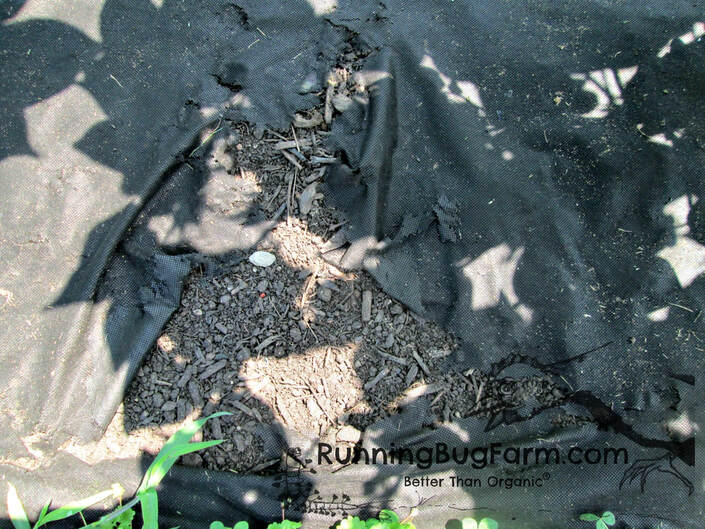
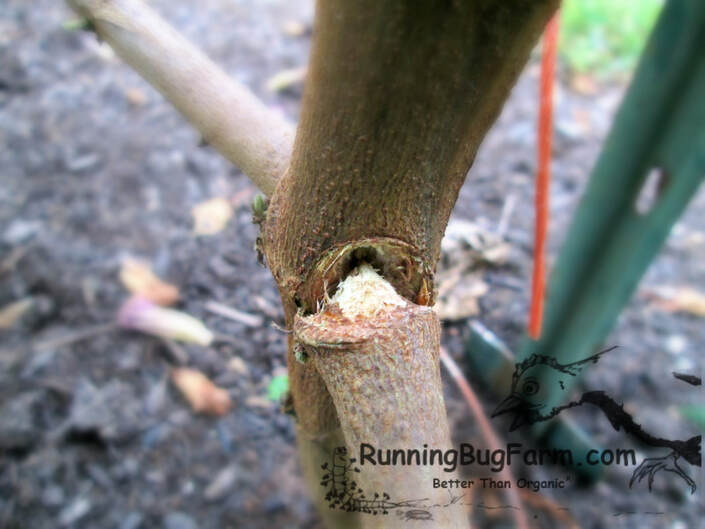
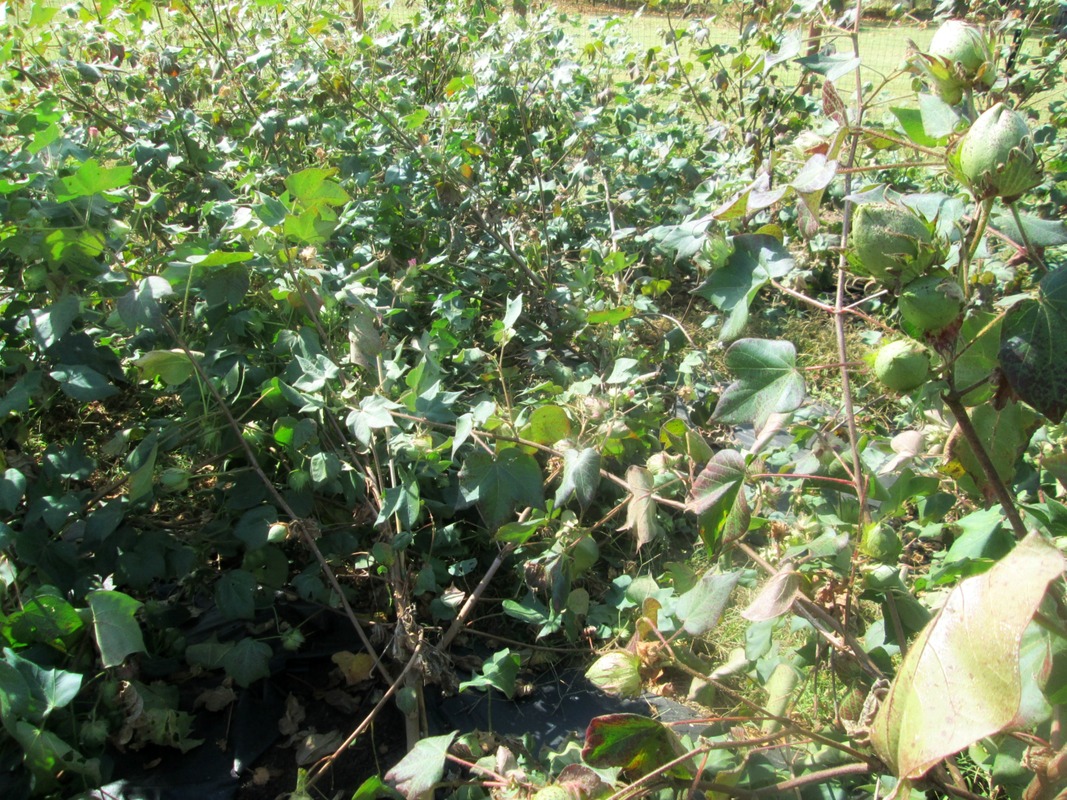
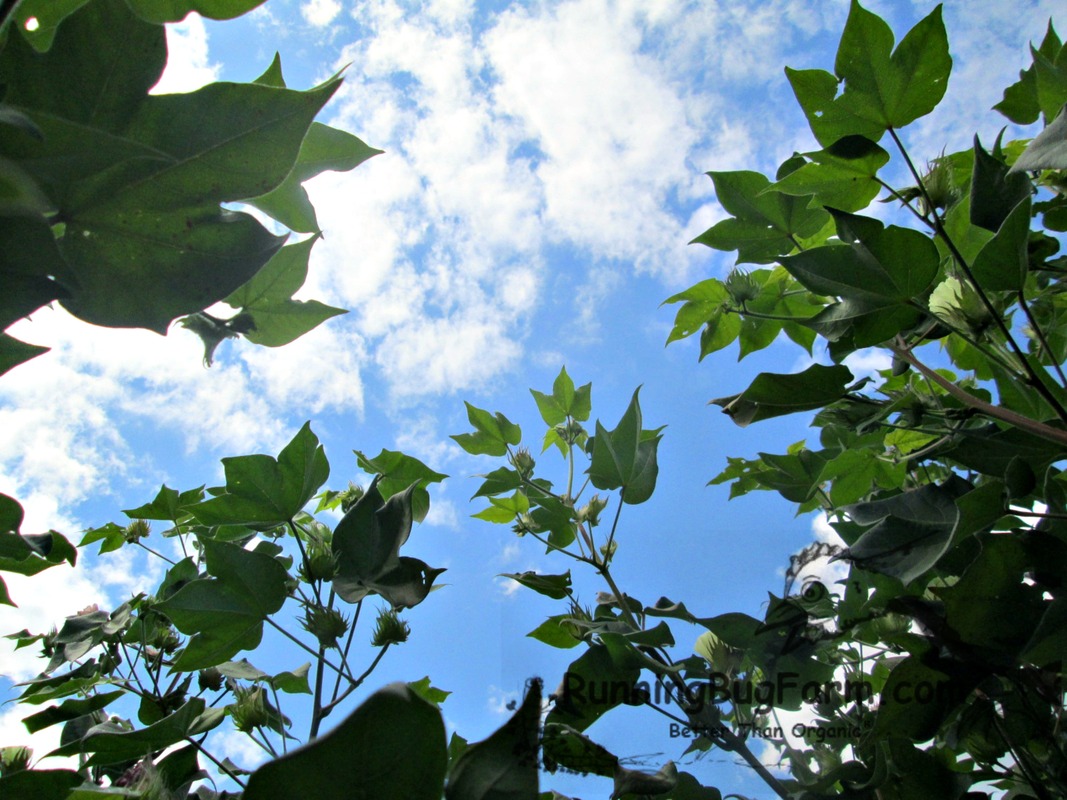
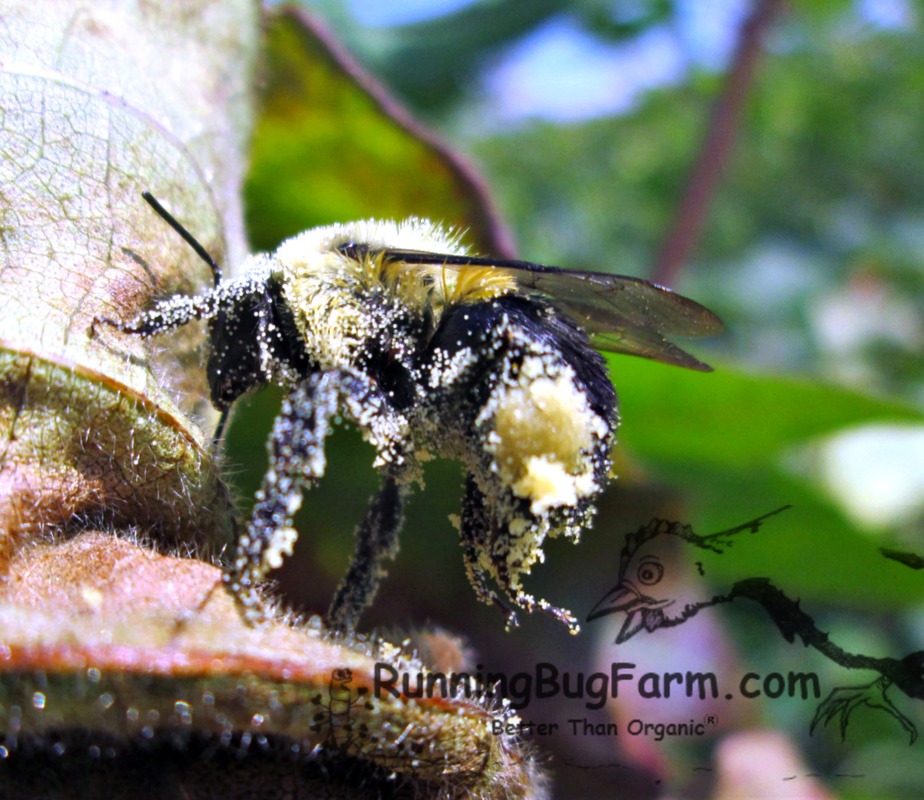
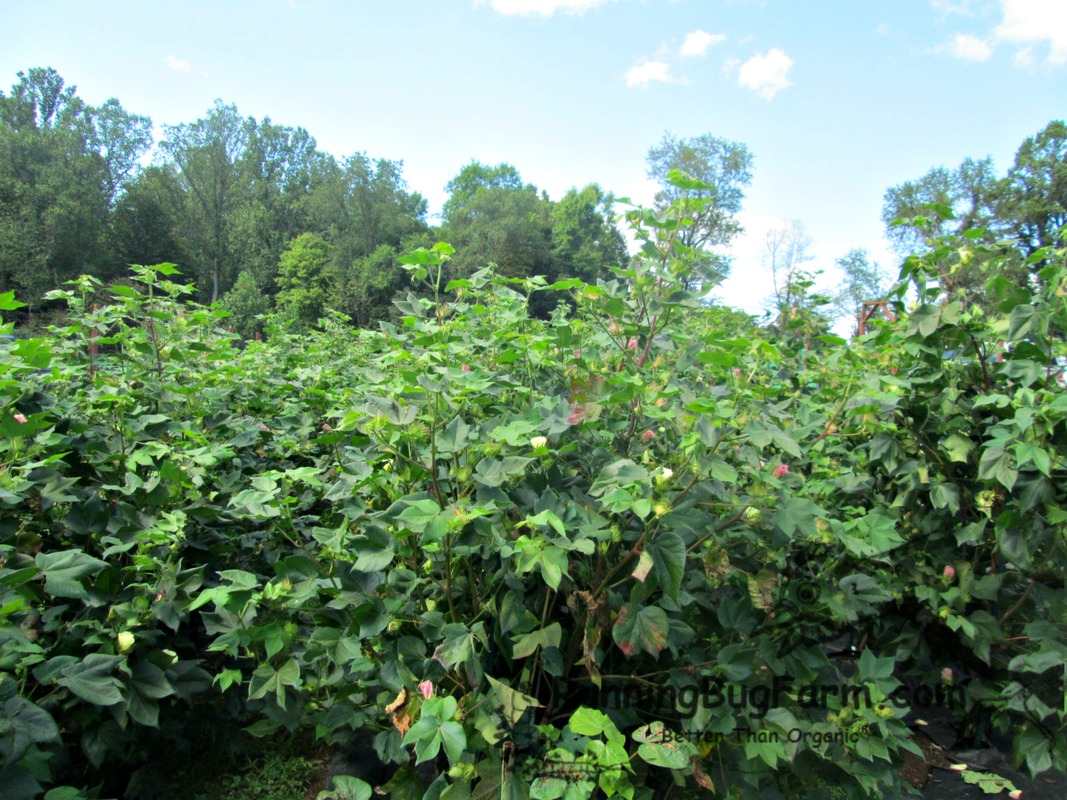
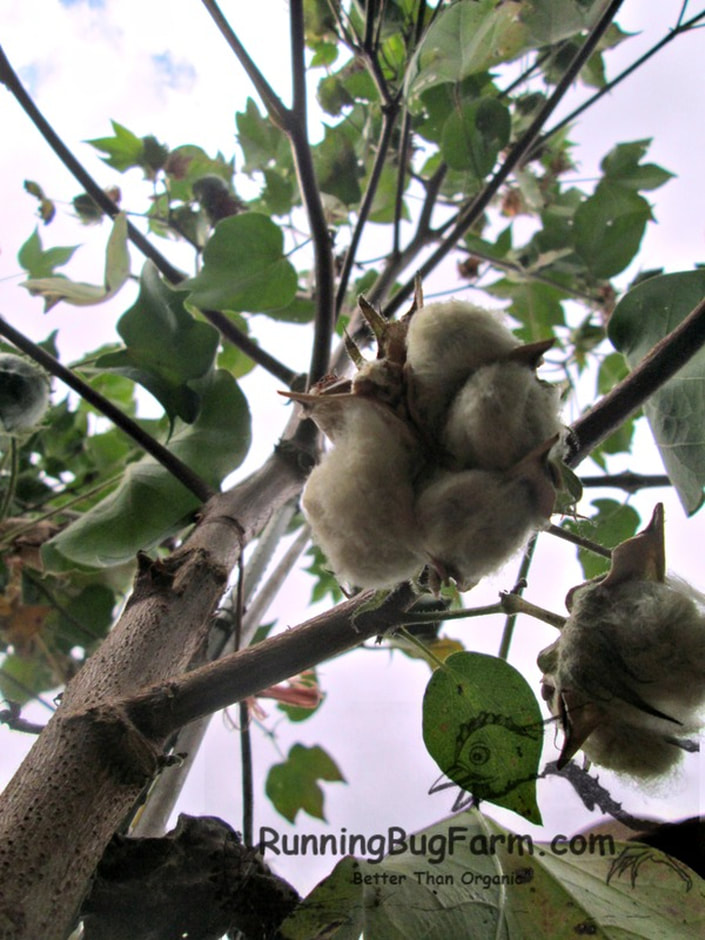

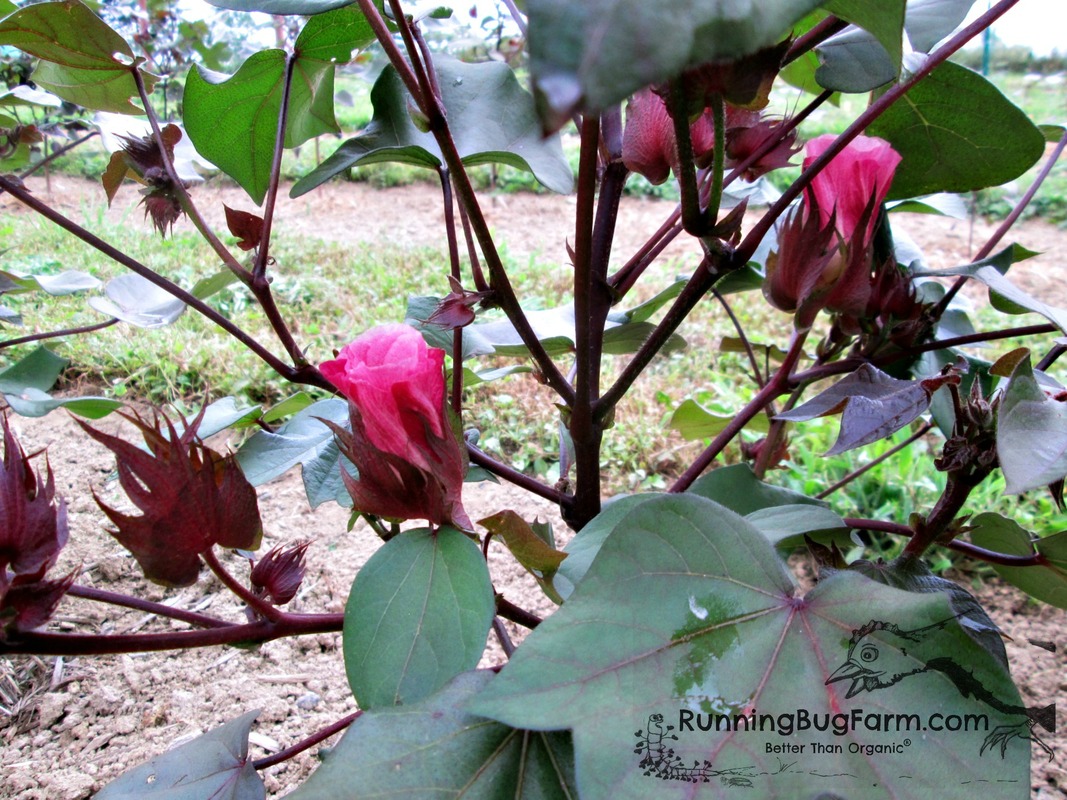
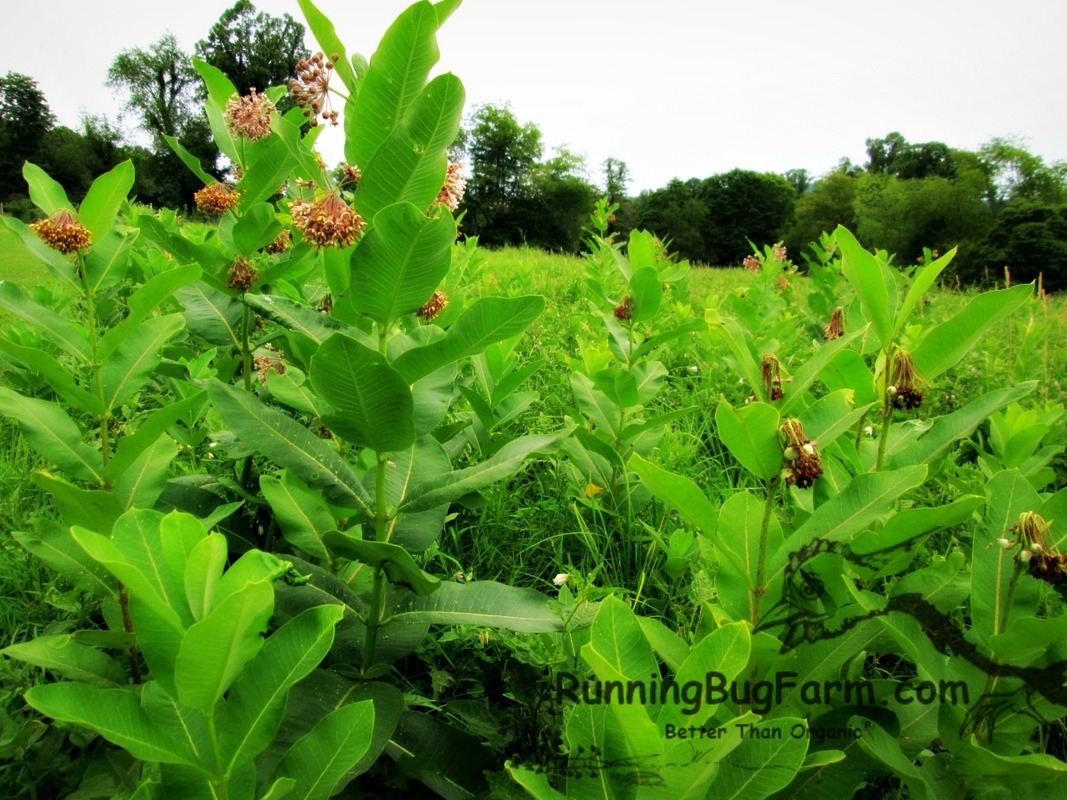
 RSS Feed
RSS Feed
